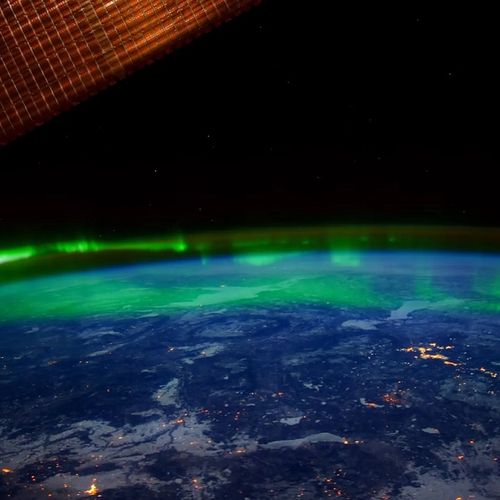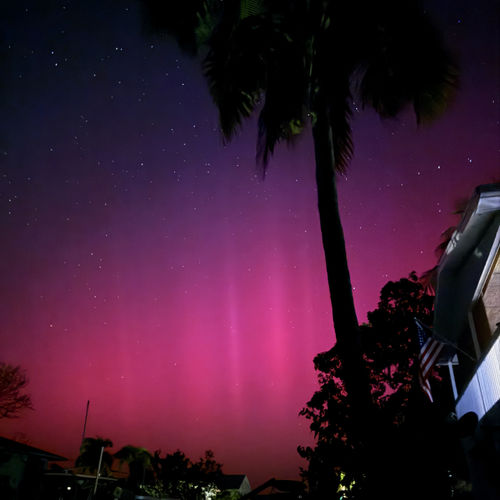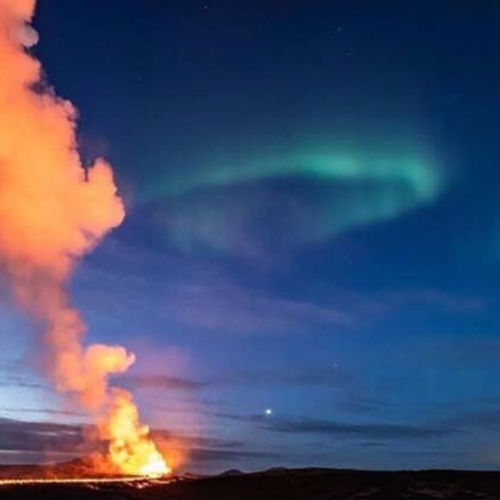
| Added | Fri, 04/12/2020 |
| Источники | |
| Дата публикации | Tue, 01/12/2020
|
| Версии |
Scientists from Japan and the United States have revealed the secret of pulsating auroras. It turned out that they are caused by high-energy "killer electrons" that destroy the ozone layer and cause damage to satellites. The results of the study are published in the journal Geophysical Research Letters.
Auroras occur due to the interaction of solar wind electrons with The earth's magnetosphere. They appear in the form of beautiful multicolored curtains and flashes that illuminate the night sky in high latitudes.
But there are special, pulsating lights, similar to the flickering contours of clouds in the sky, the intensity of which varies over short periods of time, usually from two to twenty seconds. For a long time, scientists could not understand how these phenomena occur.
Geophysicists from Nagoya University, along with colleagues from NASA, developed a theory that explains the occurrence of pulsating auroras, and conducted computer simulations confirming it.
Scientists believe that plasma waves generated near the magnetic equator, moving North and South, excite electrons in the magnetosphere. As a result of these interactions, both low — energy electrons of several hundred kiloelectronvolts and high-energy electrons of several thousand kiloelectronvolts are formed, and even "megaelectronvolts".
According to the authors, the latter are responsible for the occurrence of pulsating auroras. Excited high-energy electrons are scattered in the upper atmosphere, where they release light energy.
Simulation results show that such electrons can cause ozone destruction in the mesosphere, about 60 kilometers above the Earth's surface. Scientists also suggest that these are the "killer electrons" with high "relativistic" energies that cause damage to satellites.
"Our theory shows that the so-called killer electrons that are deposited in the middle atmosphere are associated with the pulsating Aurora and may be involved in the destruction of ozone," said yoshizumi Miyoshi, head of research at the Institute for space and environmental research, in a press release from Nagoya University.
The researchers suggest that the electrons responsible for the pulsating auroras have a smoothly falling energy distribution in the direction perpendicular to the local magnetic field. This is their difference from the electrons that cause ordinary Aurora, whose peak energy distribution is oriented along the lines of the local magnetic field.
The authors plan to test their results experimentally. In December 2021, the Japan aerospace exploration Agency (JAXA), in collaboration with NASA, Nagoya University, and other institutions in Japan and the United States, plans to launch a research LAMP (Loss through Auroral Microburst Pulsations) rocket.
Scientists hope that measurements taken during the rocket's flight in the stratosphere and mesosphere will confirm their hypothesis about the connection of pulsating auroras with "killer electrons".
Новости со схожими версиями
Log in or register to post comments









